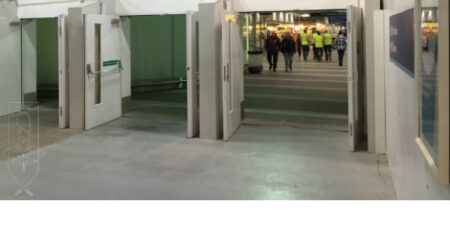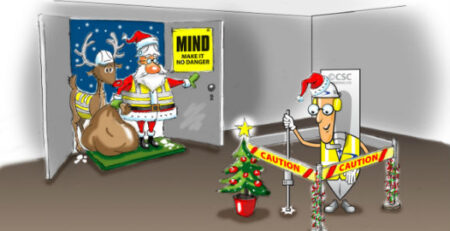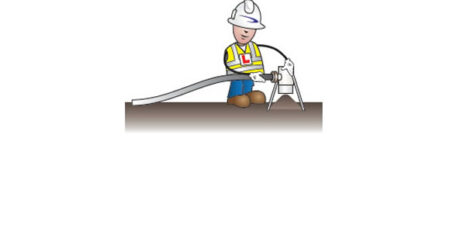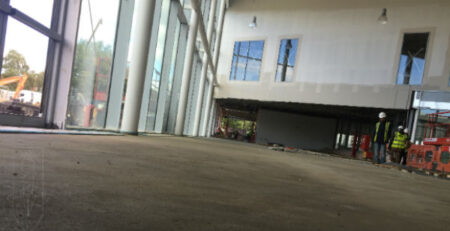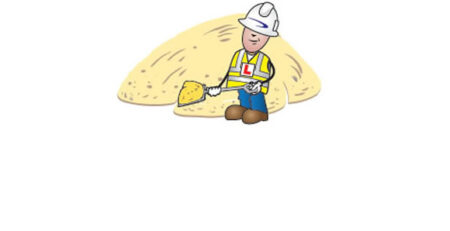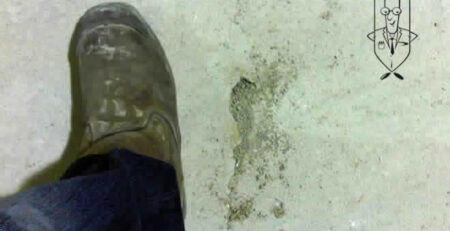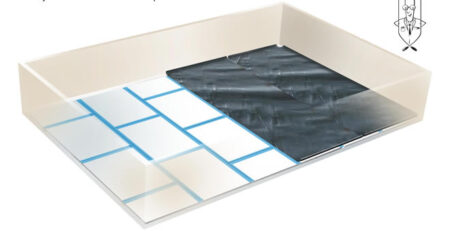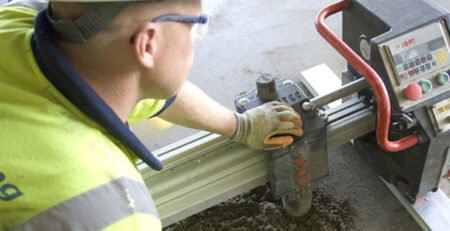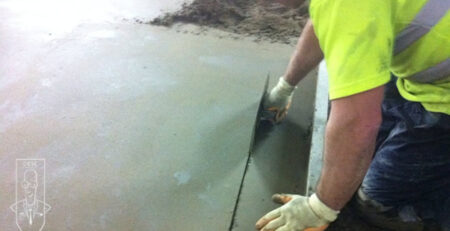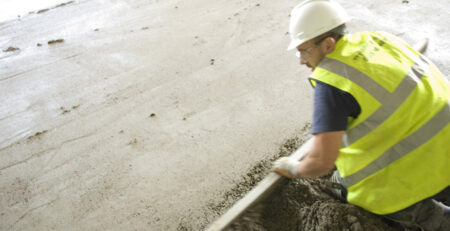What affects screed drying time?
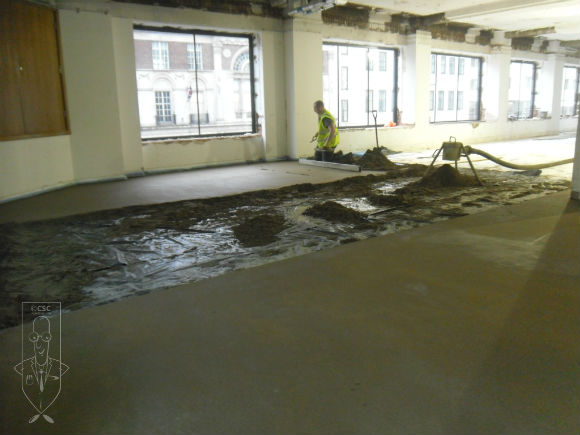
All screed mixes contain more water in them than what is required to hydrate the cement. Just about 40-50% of the water added to a screed mix is used to hydrate the cement, whilst the remaining 50-60% takes up the role of making it workable. Once the screed is installed, this ‘excess’ construction water is no longer required in the screed and has to be ousted completely before laying the final floor finish. If left to stay within the screed, this residual water can be the cause of serious moisture problems and screed failure.
The Drying process
When a screeded surface is exposed to the atmosphere, its general tendency is to attain equilibrium with the atmosphere. The moisture in the screed moves from the base layers to the top by capillary action and diffusion, and escapes to the atmosphere through evaporation, if the atmospheric air is dry (not excessively humid).
At this stage, it is quite easy to mistake the screed to be dry, as the exposed top surface looks dry and even coloured, when the screed could still be harbouring moisture in the layers below. As it is often difficult to make a visual judgement, the best way to ensure the screed is dry throughout is to carry out a reliable moisture test such as the Calcium Carbide Test at the end of the prescribed drying period.
According to industry guidelines a 75mm traditional screed would require up to 110 days to dry at 20˚C and 50%RH at the rate of 1mm per day for the first 40mm and 0.5 mm thereafter. However, it is much shorter for modified screeds which use water reducing and additives and admixtures to reduce the water/cement ratio in the screed mix. But, no matter what the screed type is, it is important to make sure that all screeds are allowed to dry for the specified time prescribed by the manufacturer, even if the screed appears to be dry from the surface.
External factors affecting screed drying time:
Relative Humidity:
The moisture content or relative humidity of the atmosphere plays is a major factor that affects the drying time of the screed. By definition, Relative Humidity (RH) is a measure of the amount of water vapour present in the atmosphere relative to the amount of water vapour it can hold at that given temperature. For instance, a Relative Humidity of 50% would mean the atmosphere is capable of holding double that moisture before it reaches saturation.
The higher the RH, the lesser the amount of moisture the atmosphere will be able to take up from the screeded surface, and higher would be the time required for the screed to dry out to the required level.
Temperature:
Air temperature is another important factor that plays a major role in speeding up evaporation from the screed surface. Higher temperature (and lower humidity) will help to increase the rate of the drying by providing higher thermal energy to drive the evaporation process. Hence the rate of drying is higher in summer and is much slower on a cold day.
Rate of air flow:
Higher rate of air flow helps the screed to dry quickly as it prevents the moisture laden air from stagnating above the screed surface. When the air is still, the air above the screeded surface becomes saturated with moisture, bringing the drying process to a stop. Providing good ventilation can speed up the drying. But remember not to leave the screed exposed to rain or external moisture in the process.
Internal factors affecting screed drying times
Water/Cement Ratio:
The lower the initial water-cement ratio, the shorter the drying time required for the screed. But as reducing the water content can affect the workability of the screed and make the screed friable, the best solution is to add a water-reducing additive or admixture to the screed which can help to keep the water requirement to a minimum, while providing good workability and strength to the screed mix.
Thickness of the Screed:
The thickness of the screed is another major factor determining the drying time of the screed. As discussed earlier, for traditional screeds the general guideline is to allow 1 day per millimeter for the first 40mm, and 1 day for every 0.5mm thereafter. Given below is a table showing a rough estimate of screed drying times of traditional screed depending on thickness.
| Screed Thickness | Estimated Drying time |
|---|---|
| 50mm | 4-6 weeks |
| 75mm | 6-8 weeks |
| 50mm screed plus 100mm concrete with no DPM |
6-12 months |
However, for fast drying screeds the drying time is much shorter (depending on the formulation used), and is also not generally as bound strictly by ambient humidity and temperature conditions.
When on a strict timeline, it is common practice to resort to force drying to speed up the drying process. But it has a major side effect – excessive drying shrinkage, which in turn can cause cracking and curling of the screed.
So if you are on a time bound project, your best bet would be to go for a proprietary screed which can give you a drying time that suits your project. But no matter what your screed type is, make sure you carry out a reliable moisture test at the end of the drying period and make sure the screed is dry for the final floor finish, for a small error in judgment can be a costly mistake where moisture is concerned.
[cta]



